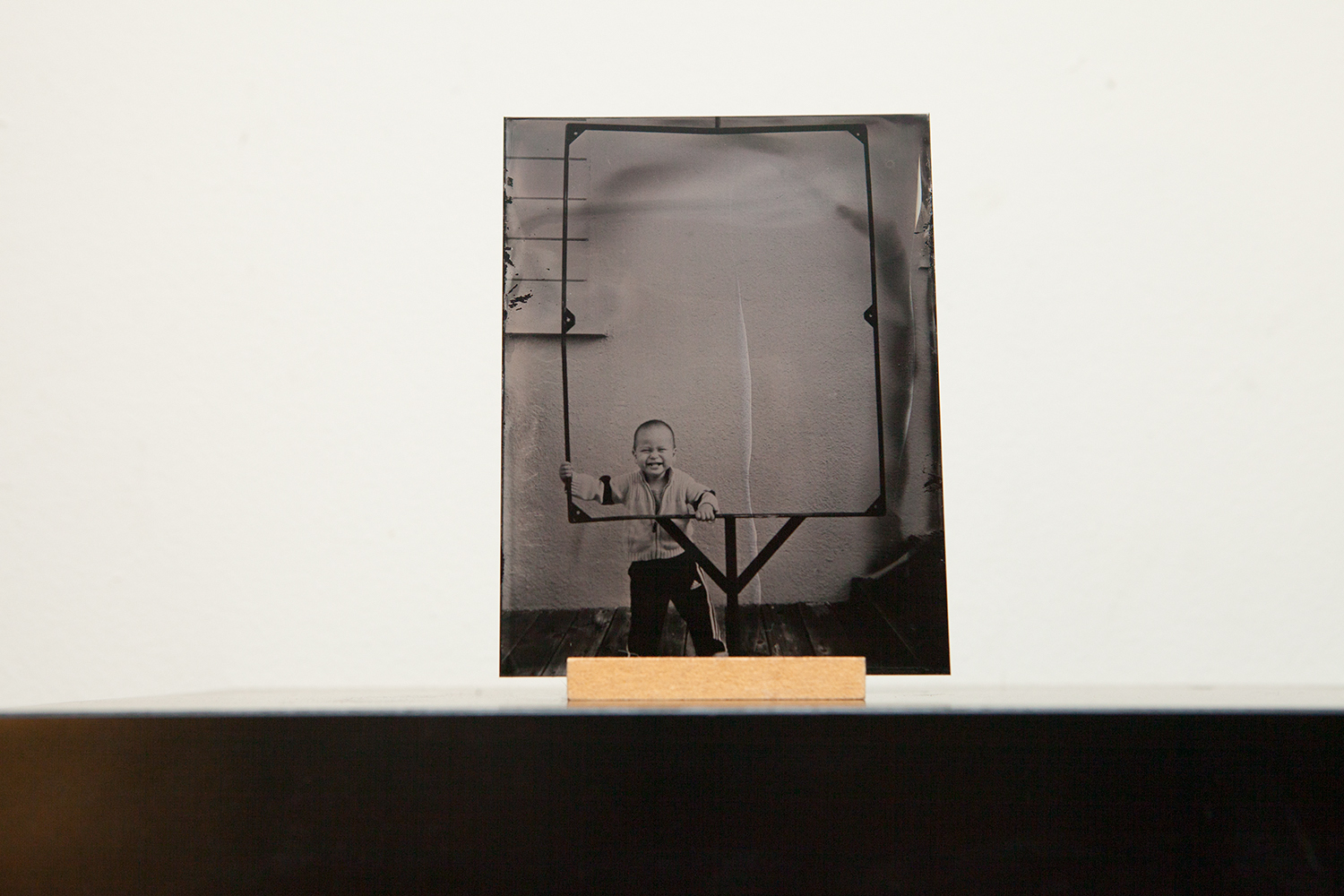SHORT HISTORY OF TINTYPES
In a nutshell a Tintype is a photograph that’s been printed on metal. It’s one of the earliest commercial photographic processes that originated in the early 1800’s and one of the last photographs of Abraham Lincoln was on a Tintype. The broader term for the process is Wet Plate Collodion because black plates are coated with a chemical named collodion, a photograph is taken, and the plate is processed while it’s still wet. Ambrotypes use the same chemicals process, but are printed on glass instead of metal. During the Civil War photographers used horse drawn carriages to cart around portable darkrooms, chemicals, wooden large format cameras, and heavy tripods.
Making plates is a magical experience. It’s slow. It’s intentional. It’s thoughtful. When you see and hold a plate for the first time, it’s something you’ll never forget. Shimmery silvery highlights flow throughout a unique plate. The digital negative (technically positive) to Tintype process allows multiple copies to be made of the same image, however each plate will be slightly different depending on the pouring technique of the collodion and development process.
ABOUT THE TINTYPE PROCESS
○ Prepare the darkroom 🙂
○ Cut a black aluminum plate to size
○ Coat the plate with Collodion
○ Make the coated plate sensitive to light, by sensitizing it in a silver bath
○ Put the plate under an enlarger and make an exposure
○ Develop the plate
○ Fix
○ Wash
○ Dry overnight
